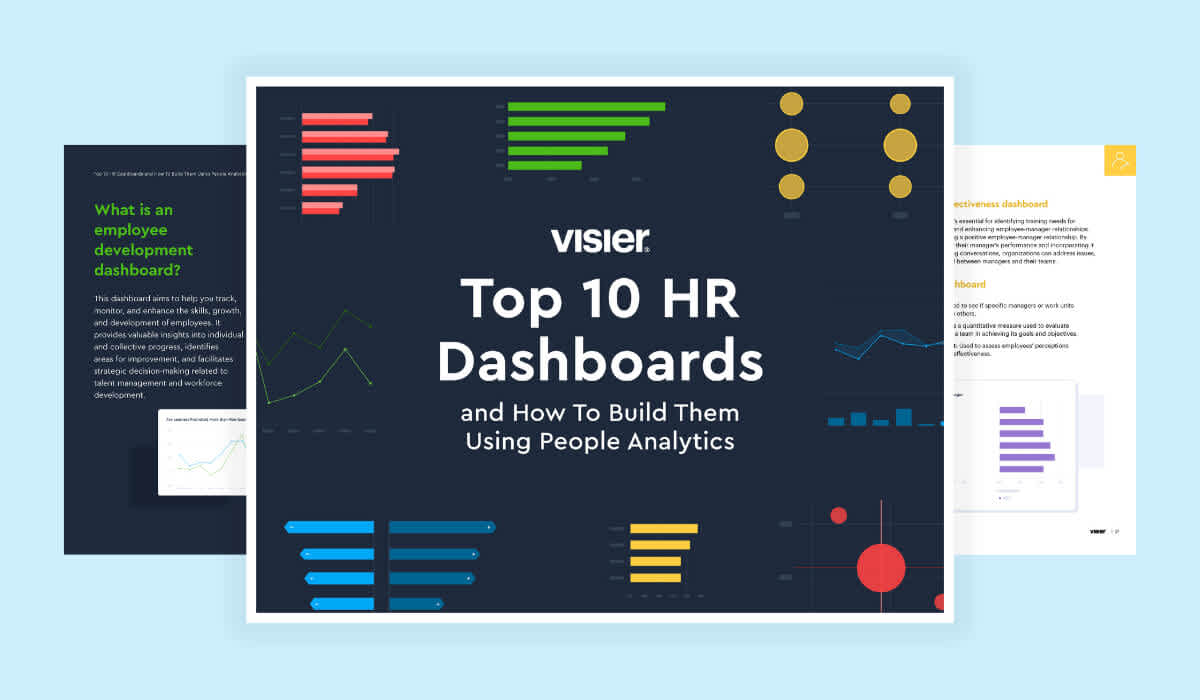How to Use Engagement and Performance Data in Talent Acquisition
How can you use engagement and performance data in talent acquisition? Discover four steps to data-driven employee retention here.

This article was jointly written by Culture Amp’s Dr. Kenneth Matos, Lead People Scientist and Dr. Kristina Dorniak-Wall, Senior People Scientist.
When it comes to finding and retaining the right talent for your organization, there are many inputs and sources of data that can help inform the recruitment and retention process. The digitalization of many HR processes such as applicant tracking software, employee engagement systems, learning and development programs have increased the quantity as well as the quality of data HR professionals and organizations have at their disposal.
At Culture Amp, our platform provides deep insight into what’s driving engagement of your employees, and what’s impacting their performance and development. While our data focuses on people currently employed by an organization, there is a new perspective to be gained by using this data as a lens into the talent acquisition process.
We asked ourselves: How can you use engagement and performance data in the talent acquisition process?
Here’s our guide.
Step one: Design the role to attract the right person
When designing a role or looking to fill one it is important to understand who is best suited for the role – those employees that will be motivated, engaged and an all-around advocate for your organization.
Engagement data can help you see how engaged people are based on what role they’re in. You can also see how people in different roles are responding to certain questions, which can shed light on what you might be lacking in a role. For example, if your salespeople are highly engaged but your engineers are not, drill down to understand why that is. If, for instance, you find that engineers feel like they’re lacking learning and development opportunities, whereas your salespeople are satisfied, use those insights to make your next hire’s experience better than the last.
Step two: Use data-informed language to advertise the role
Text analytics uses smart algorithms to help you get maximum insight from written feedback, and it can be used to inform how you write job descriptions. Text analytics shows you what your engaged and less engaged employees are talking about. The most commented topics overall from our benchmark were collaboration, work-life balance/imbalance and recognition. This can help you write targeted job ads that will appeal to employees more likely to have strong engagement.
Within your own survey data, you can drill in and see what people are saying about their roles or specific questions. For example, the employee engagement survey question, “I know what I need to do to be successful in my role” can give you insight into whether your engineers, for example, feel enabled to do their jobs well. Take the positive aspects of role-specific comments and turn them into talking points in your job description.
Furthermore, text analytics can help in reducing bias by removing words that carry a gendered meaning like “Ninja” which is typically perceived as more masculine.
Step three: Use data to help managers choose the right hire
It’s a rare job that has no downsides. We know from our data that people generally use comments more often for talking about things they are unhappy with. This can be eye-opening when it comes to helping managers speak to applicants honestly about what a job is like. Coach managers on how to talk about the role in the language used in employee comments.
Managers may become numb to the more difficult parts of a job, not understanding what it’s like to be in that role. Make sure managers know you want them to hire for the long term, showing empathy for what might be challenging and hiring the right people, not just getting a person through the door.
Employee performance review data can also help you identify the traits that identify high and low performers. Asking questions related to the traits of high-performers in the interview process can help you find the best people from the start.
Data can again help mitigate bias in this step. According to a study from Indeed, 86% of companies face challenges finding technical talent, and they find that applicants often meet less than half of the criteria in their job posts.” Data on engagement and well as job performance and development can help inform and shape selecting criteria to reduce the time spent looking over resumes and narrow down the search to more suitable candidates.
Step four: Continue collecting feedback to improve the process
Once you’ve chosen the right person for the role, continuing to gather employee feedback data will empower you to make more informed decisions going forward. Onboarding surveys show you how a new hire feels about their role relative to how it was described to them. This data can help you make quickly actionable changes to the language you use to advertise roles and how managers are interviewing. Including new hires in your overall engagement survey will allow you to track their level of engagement over time, and show you if your new hiring process is paying off.
Data from employee performance reviews identifies the qualities you need in employees for them to be successful. Engagement data identifies the qualities that your organization needs to embody to hold onto your best people. Really desirable employees get to have a say in where they work. Using your engagement and performance data with an eye towards recruiting will help you find and keep the best people.



